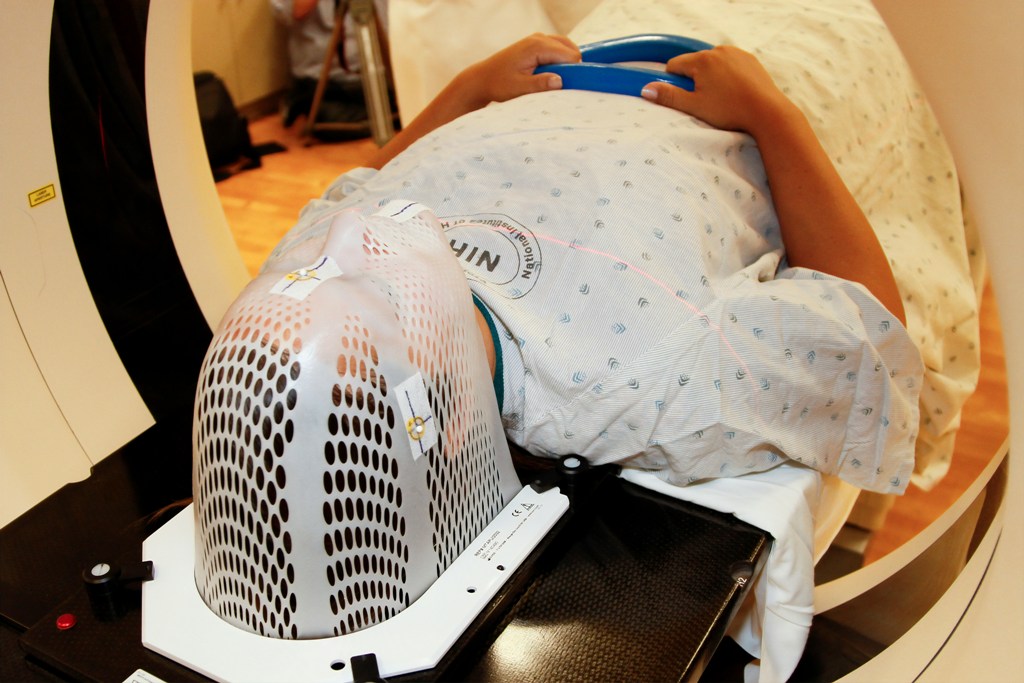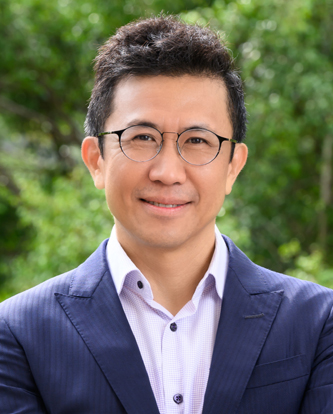For decades, a brain cancer diagnosis has been one of the grimmest prognoses in medicine. Gliomas, the most common malignant primary brain tumours, have long defied our best efforts at treatment. Glioblastoma, the deadliest form, offers patients an average survival time of just 15 months, even with aggressive therapy. But today, science is offering a glimmer of hope on the horizon, says a feature published on the A-star website and penned by Professor Hai Yan, the co-founder of Genetron Health, which specializes in cancer diagnostics.

The resistance to treatment stems from the brain’s complexity. Its delicate nature makes complete surgical removal of tumours nearly impossible without risking severe harm. Moreover, the blood-brain barrier, while crucial for protection, also prevents many drugs and immune cells from reaching the affected areas. These challenges have led to stagnant survival rates for brain cancer over the past five decades, even as we’ve made significant strides against other forms of cancer.
Since the risk of these malignancies rises with age, Singapore, with its ageing population, will likely face a growing burden of the disease. In fact, recent studies have projected that brain cancer incidence in Asia will increase significantly over the next two decades, leading to a substantial rise in mortality rates.
Breakthrough discoveries paving the way
Recent scientific breakthroughs are illuminating new paths forward. In 2009, my research identified mutations in genes called isocitrate dehydrogenase (IDH) 1 and 2 as critical drivers in the development of certain brain tumours. These mutations are now recognised as key factors in the progression of low-grade gliomas, which occur mostly in younger adults.
This discovery ignited a flurry of studies and collaborations worldwide, culminating in the recent FDA approval of vorasidenib – the first new treatment for low-grade gliomas in over 20 years. Vorasidenib works by blocking the effects of the mutated IDH 1 and 2 genes, thus slowing down the tumour’s growth. In doing so, the oral medication delays patients’ need for more toxic treatments such as radiation and chemotherapy, extending their lives and improving their quality of life.

Researchers are now advancing in several key areas. Novel biomarkers for early detection are being identified, and new diagnostic tools for glioblastoma subtypes are being developed to improve treatment outcomes and survival rates. Scientists are also unravelling the secrets of the tumours’ micro-environment, pinpointing critical metabolic and immunological pathways that underlie their survival.
Here in Singapore, researchers are also making significant contributions to this global effort. For instance, a team led by Associate Professor Too Heng-Phon at the National University of Singapore’s Yong Loo Lin School of Medicine has developed a promising stem cell-based gene therapy to combat aggressive brain tumours. This innovative approach not only kills cancer cells but also activates the patient’s own immune system for long-term tumour suppression. Human clinical trials for this therapy are set to begin in 2025, offering new hope for patients with recurrent glioblastoma.
Pushing the boundaries of brain cancer research
One of the most significant challenges in brain cancer treatment is developing therapeutics that can cross the blood-brain barrier. To address this, a team led by Dr Andrea Pavesi at A*STAR’s Institute of Molecular and Cell Biology (IMCB) have designed a groundbreaking microfluidic device that simulates the barrier and human brain tumours. This innovation allows researchers to rapidly screen new chemotherapeutic drugs and evaluate their ability to cross the barrier, a crucial step in developing more effective treatments.
Additionally, the Neuro-Phenomics Laboratory at IMCB is focusing on three key areas: identifying novel biomarkers for early detection, creating drugs that can cross the blood-brain barrier, and understanding the tumours’ micro-environment. This research deviates from traditional focus on intrinsic cancer signalling mechanisms, aiming to enhance the body’s natural immune response towards glioblastoma. To ensure that its research breakthroughs are quickly and efficiently translated into viable and effective clinical applications, the lab is partnering with an array of leading institutions, including the National Neuroscience Institute, National University Health System and Asian Society of Neuro-Oncology.
We are also exploring personalised medicine approaches that tailor treatments to the profile of individual patients, potentially revolutionising brain cancer treatment. By analysing the unique characteristics of each patient’s tumour, we aim to develop tailored strategies that are more effective and have fewer side effects than one-size-fits-all approaches.
From death sentence to curable condition
As populations age worldwide, the urgency of our work intensifies. With the near-impossibility of totally eradicating brain tumours through surgery, the cure for brain cancer, and glioblastoma in particular, will not be found in the operating theatre but in the laboratory. Our ongoing research and development brings us closer to a long-sought-after goal: transforming brain cancer from a dire prognosis into a manageable, and potentially curable, condition.
As we continue to unravel the complexities of brain cancer, each discovery brings hope to patients and their families. While we still have a long way to go, the progress we’ve made in recent years suggests that a future where brain cancer is no longer a death sentence is within reach.
With its vibrant clinical research ecosystem, cutting-edge infrastructure, and substantial funding, Singapore is uniquely positioned to lead the fight against glioblastoma in Asia, offering a beacon of hope for patients and families affected by this devastating disease.


